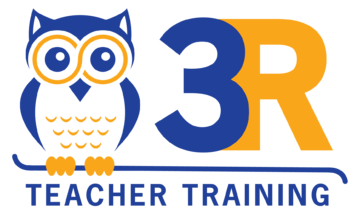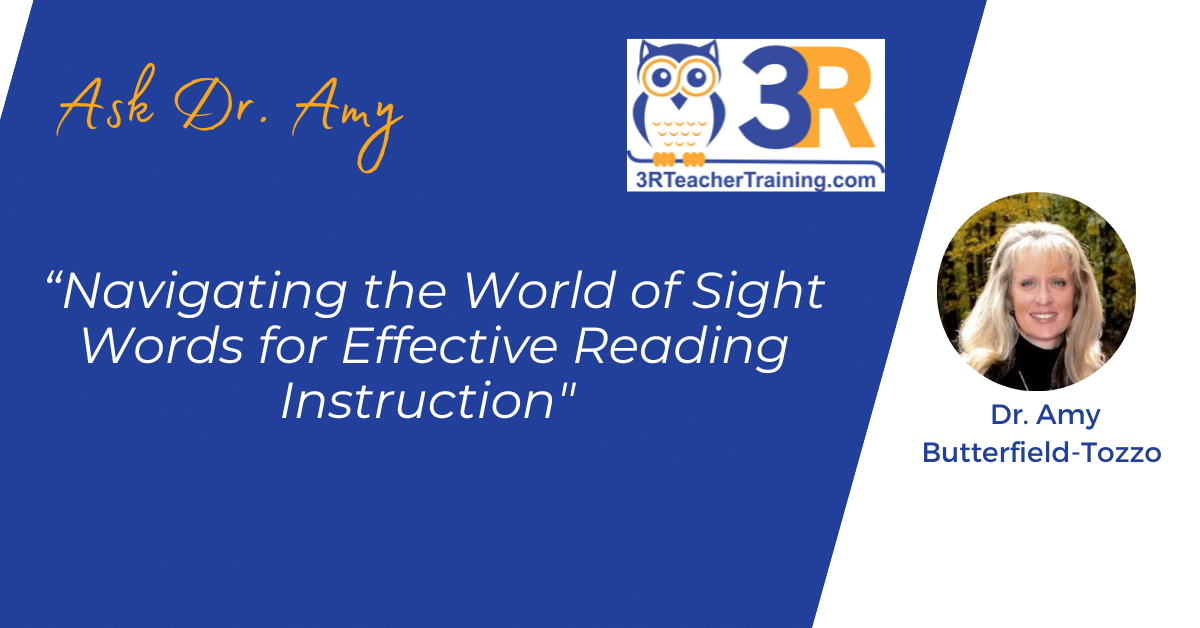“What is the current educational perspective on the use of ‘sight words' in teaching reading, considering the evolving understanding of phonics principles, brain research on word memorization, and the shift towards emphasizing decodable words and flexible word-solving skills? And what can you recommend teachers do to teach sight vocabulary?”
-Connecticut Grade 2 Teacher
The current educational perspective on ‘sight words' in teaching reading is nuanced. Contrary to some beliefs, no definitive brain research indicates that memorizing words is detrimental. The exact nature of the information stored in the brain about words, whether it be rules, patterns, or images of the words themselves, remains unclear. Memorizing certain words could aid the overall reading process. Research, such as that by Griffin and Murtaugh in 2015, demonstrates that sight word instruction positively impacts fluency and comprehension.
Furthermore, the specific role of words in the development of orthographic mapping is not fully understood. Still, studies like those of Price, Mohr, and Price in 2018, and Schmalz, Marinus, and Castles in 2013, suggest that they play a significant role. Therefore, while the emphasis on phonics and decodable words is increasing, the role of sight words in reading education is still considered valuable.
Dr. Amy’s recommendations for teaching sight vocabulary:
- Develop and implement an in-depth decoding strategy for early readers, emphasizing the use of alphabetic principles and spelling patterns in word recognition.
- Continuously track student progress in mastering frequent words, recognizing their pivotal role in boosting reading fluency, comprehension, and solidifying decoding abilities.
- When introducing specific words, focus on their letter composition, orthographic structure, and phonemic decodability. This strategic emphasis can make the learning process more efficient, reducing the need for extensive repetition.
- Dedicate a concise, targeted period for direct word instruction. Allocating as little as five to ten minutes daily can add to your reading program.
- Ensure consistent repetition of words taught, both standalone and in varied contexts. This not only aids in pattern recognition but also helps in internalizing specific word examples.
- Integrate high-frequency words into your lessons on spelling patterns, particularly those involving the ‘sh' consonant digraph. Use words like ‘she', ‘shoe', ‘wish', and ‘fish' as examples in your teaching materials and practice exercises.”Explore the latest strategies in teaching sight word vocabulary with our insightful article. A must-read for educators in literacy.

